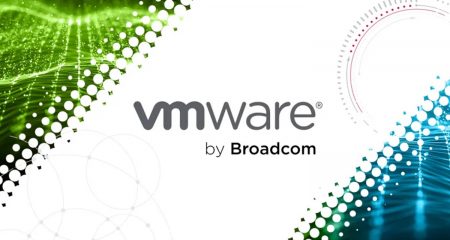
The digital transformation that came into play because of the increased demand for businesses to operate and move online has driven organisations to turn to the cloud to adapt to demanding “digital” needs and keep more than just the lights on.
What are the trends in cloud adoption?
Sumeeth Singh, cloud provider business head at VMware sub-Saharan Africa, says that the Covid-19 pandemic was merely a catalyst to accelerated cloud adoption. To this end, only a few cloud providers already enjoyed a level of maturity when it came to the digital services they were delivering to customers. However, the need to make cloud infrastructure rapidly available to support the digital requirements of end user customers played a significant role in fast-tracking the development of cloud services.
Watch episode 1 here
Conversely, cloud technology lead at VMware Lee Syse argues that cloud adoption from a technological perspective has been driven by the need for customers to utilise new technology processes to speed up the adoption of remote working.
What is the role of a cloud/technology provider?
“To deliver customers what they need and not just what they think they want depends on the partnerships between cloud providers and their vendor partners. At VMware, our cloud partner ecosystem is the glue that puts our solutions in the hands of the user. While we provide localised cloud services and platforms backed by VMware, our partners are the ones that offer this to end-user customers on a consumption basis,” says Singh.
A core role of any cloud technology provider is business modelling and cloud mapping, where the partner provides tailored skills to conduct a needs analysis of a client’s technology landscape and maps an appropriate cloud infrastructure appropriately. According to Syse, this is then supported by extending its VMware services, which are part of the creation and provision process, to help and assist the partner when building out cloud-hosted platforms.
What is a unique cloud adoption journey?
Singh maintains that VMware strives to act as an enabler to its partners who are delivering cloud services back to their end-user customers – and it does this by supporting a multi-cloud strategy.
“A partner understands their territory and the locality of customers’ business needs, they relate to their business pains and understand the needs for cloud sovereignty in each region. While we provide the technology fabric to help these partners build cloud services, these partners are an extension of VMware who add invaluable support by driving local business agility and transformation backed by their cloud services,” says Syse.
The VMware cloud partner model is unique in that it allows a partner to build their own data centre and then offer end-user customers access to this real estate to build their own private or multi-cloud – but on a consumptive basis. Additionally, Syse says VMware builds and works with different technology sets — for example, its Tanzu portfolio — to help partners really deliver to the dynamic needs of customers as they take important strides towards digital adoption.
Data is the new currency: data residency vs data sovereignty
“With data being viewed as the most important currency in the new business economy, organisations need to garner value from their data and try to monetise it. But to get to this point we need to effect better data management and understand the difference between data residency and data sovereignty. Data residency speaks more to the locality of the data and data sovereignty refers to the jurisdictional control or legal authority that can assert data because it is subject to the laws of a country,” says Singh.
For local cloud partners, the data sovereignty balancing act also extends to how the data is encrypted, where it sits and ultimately who has access to it. The importance of this is that it directly impacts how cloud providers build cloud architectures to support their customers’ data.
“The cloud landscape and adoption journey is riddled with complexities, and it is not easy for both a customer and an end-user to just jump headlong into without a complete understanding of how they want to deploy or use cloud services. Our “Cloudy with a Chance of VMware” series aims to help uncover these complexities and provide a more robust and simplified understanding of the cloud journey,” says Singh.
Find out about using VMware Cloud Verified services.
About VMware
VMware is a leading provider of multi-cloud services for all apps, enabling digital innovation with enterprise control. As a trusted foundation to accelerate innovation, VMware software gives businesses the flexibility and choice they need to build the future. Headquartered in Palo Alto, California, VMware is committed to building a better future through the company’s 2030 Agenda. For more information, please visit www.vmware.com/company.
- This promoted content was paid for by the party concerned




